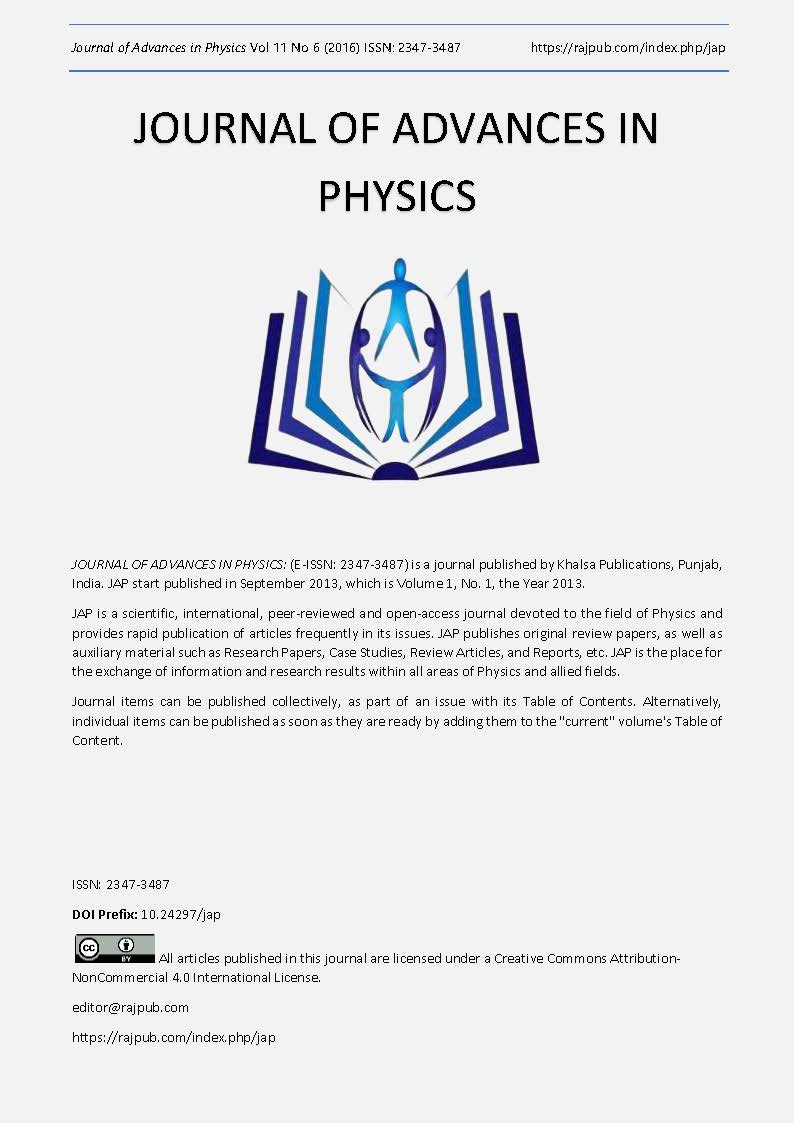Effects of Structure and Morphology of Hydrothermally Grown ZnO Particles on the Photovoltaic Performance of Dye Sensitized Solar Cell
DOI:
https://doi.org/10.24297/jap.v11i5.363Keywords:
ZnO, nanoparticles, hydrothermal treatment, DSSCAbstract
Highly ordered microporous ZnO materials with crystalline structure were synthesized hydrothermally from three different Zn-precursorsnamely: Zinc-acetate, chloride, and nitrate. XRD investigations revealed that all the obtained powders have single phase zincite structure. The powder morphology was investigated by SEM which showed that the starting Zn-precursor affects the shape as well as the size of the obtained particles. A photoelectrodes fabricated using the three different synthesized microporous ZnO particles showed variation in photocurrent density (Jsc) dye loading and hence the efficiency with variation in structure texture, morphology and particle size. DSSC built with photoelectrodes made from Zn-acetate has the highest efficiency (5.4%) which is attributed to having lowest particle size and largest surface area available for dye loading. This increases light harvesting at the photoelectrode which in turn increases short circuit current density. On the other hand, the lowest current density (5.65mA/cm2) is obtained for DSSC with photolelctrodes made from Zn-nitrate.
Downloads
Downloads
Published
How to Cite
Issue
Section
License
 All articles published in Journal of Advances in Linguistics are licensed under a Creative Commons Attribution 4.0 International License.
All articles published in Journal of Advances in Linguistics are licensed under a Creative Commons Attribution 4.0 International License.




